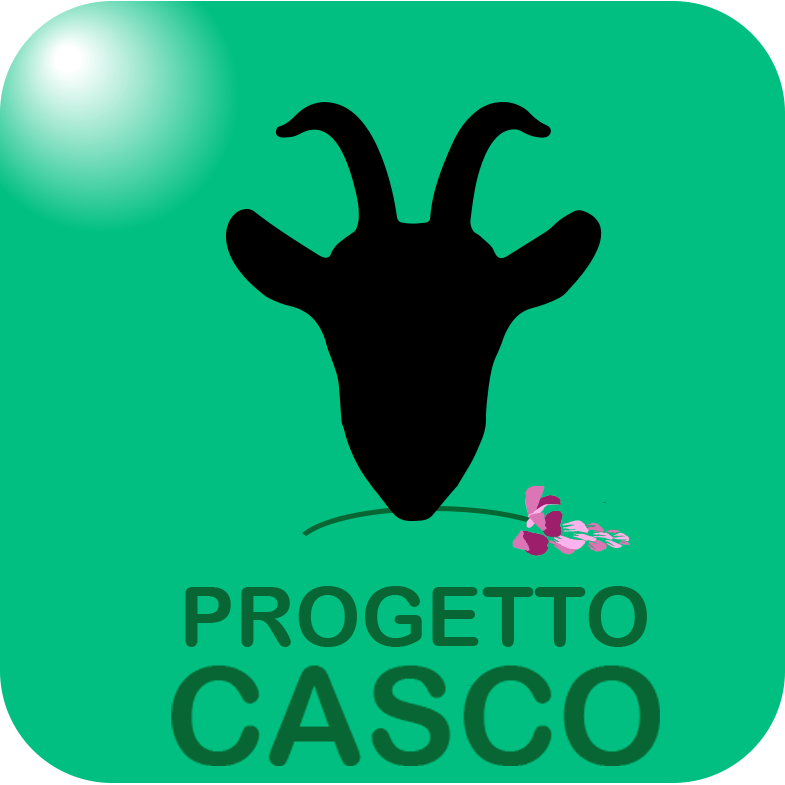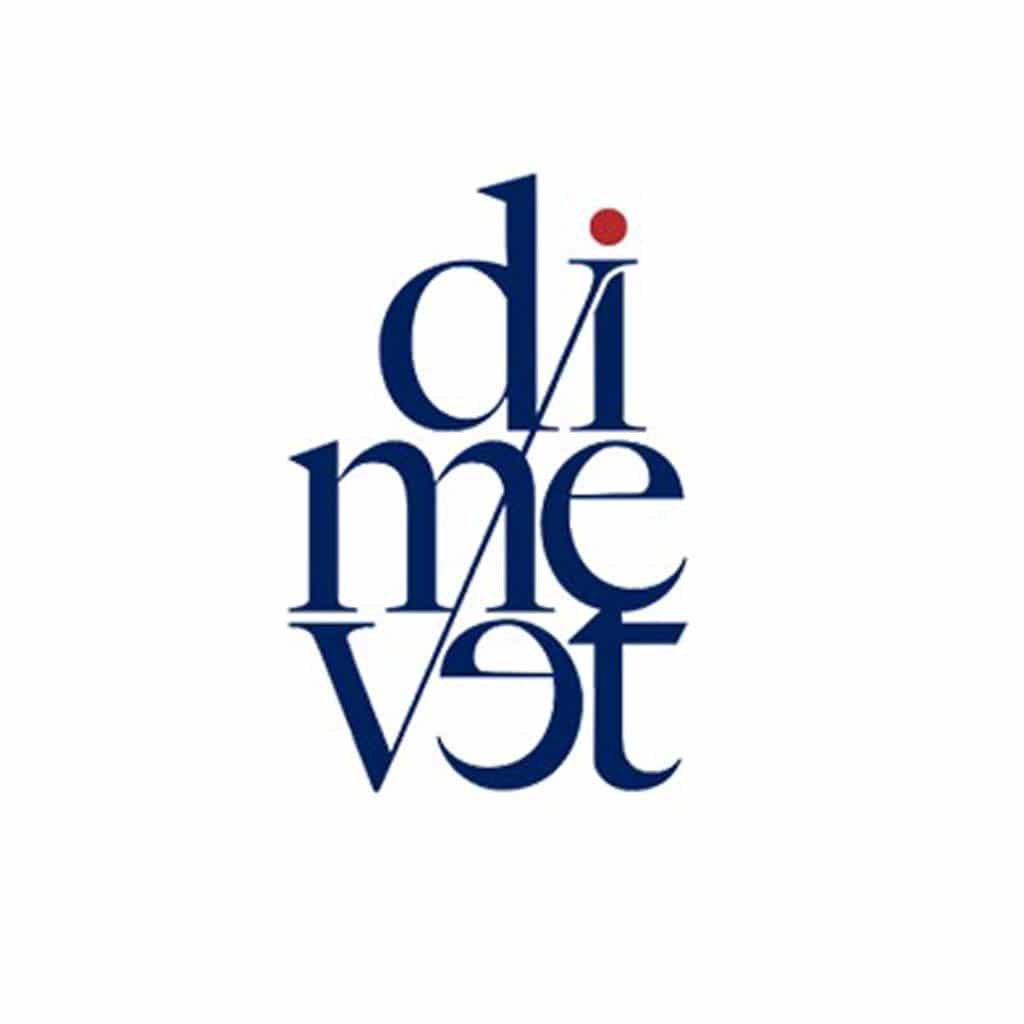Farm “Pian del Lares” by Carraro Flavio
Farm characteristics
The breeding of dairy goats was started by Desiderio Carraro in 1980, who in 1995 also started agritourism as a complementary element of livestock production. From 2006 the company is BIO certified. Since 2019, Flavio has taken over the management of the farm. Since 2017 the farm has been part of the Slow Food Lombardy project “Comunità del Cibo SOPRALAPANCA”, which aims to produce a raw milk lactic fermentation cheese “CAPRACANTA” with self-produced ferments with respect for animal welfare.





